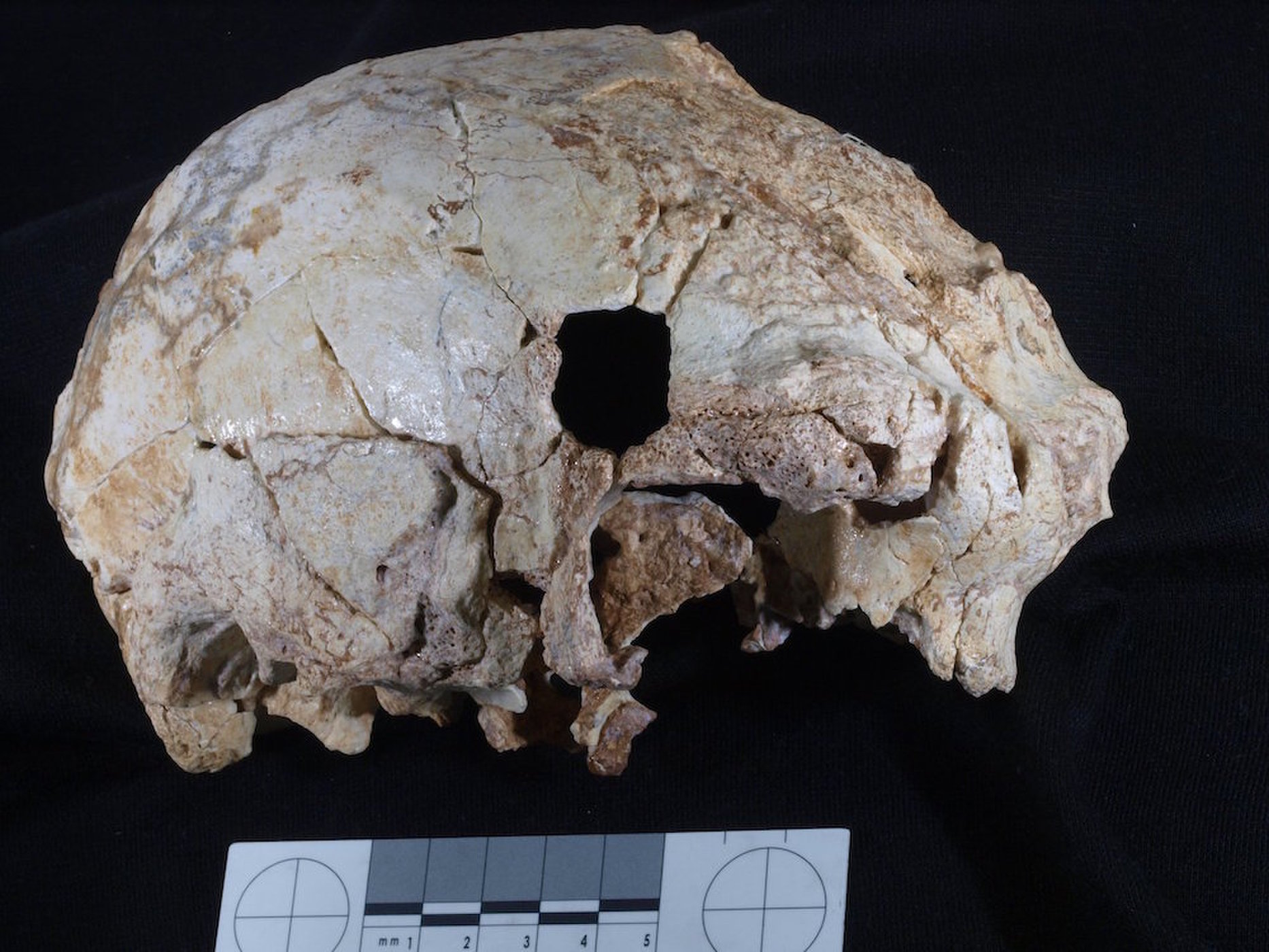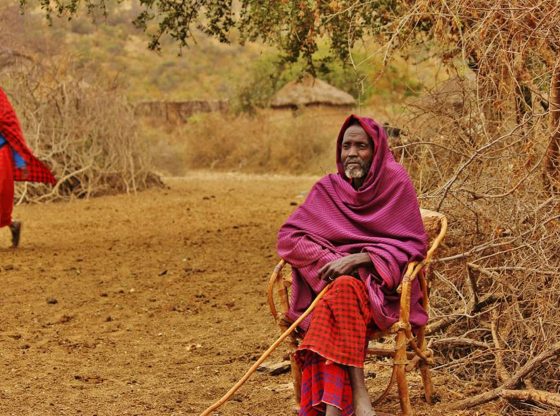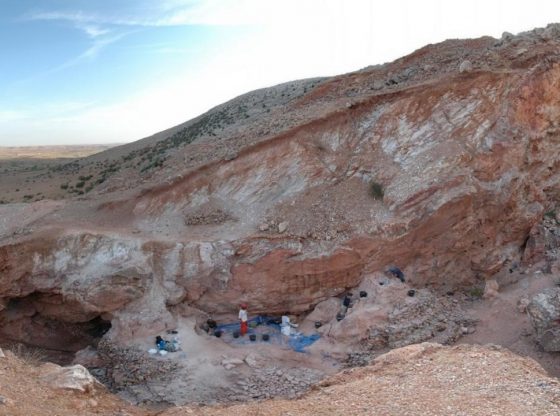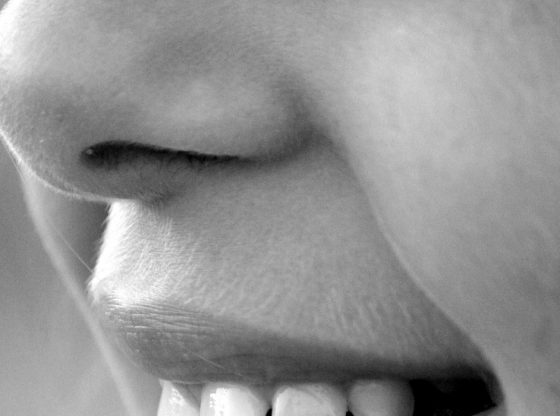A fossil of an intact Neanderthal skull makes researchers hopeful to gain new clues to how early hominins evolved in Europe.

Credit: Javier Trueba
There are still many questions to be answered about how the evolutionary development of the early hominins (a hominin is a group that includes modern humans and their recent ancestors) in Europe and this cranium may provide answers.
The researchers, therefore, believe that this new finding is especially important, being so very old, few intact fossils have been found from this time in European history.
The skull was found in the Gruta da Aroeira cave in Portugal, which was excavated between 2013 and 2015. The sediments containing the cranium at the Aroeira cave site were firmly cemented, it was therefore removed from the site in a solid block, then transported to a restoration laboratory at the ‘Centro de Investigacion Sobre la Evolucion y Comportamiento Humanos’, a paleoanthropology research center in Madrid, Spain, for preparation and extraction, a process which took two years.
The cranium is the oldest hominin fossil ever discovered in Portugal. The Aroeira skull is about the same size as other hominin skulls found from that time period. The cranium has Neanderthal-like features according to study co-researcher Rolf Quam, an associate professor of biological anthropology at Binghamton University in New York.
The Aroeira individual lived long before the Neanderthals, however, which is believed to inhabit Europe from about 200,000 years ago to 40,000 years ago, when they went extinct. The cranium could, therefore, help provide us with information about the origin and evolution of the Neanderthals.
During previous fieldwork at the very same cave from 1998 to 2002, researchers have found human teeth, animal remains, and stone-made hand axes.
The study has been published in journal Proceedings of the National Academy of Sciences under the title “New Middle Pleistocene hominin cranium from the Gruta da Aroeira (Portugal)” on March 13.
Reference:
Joan Daura et al. New Middle Pleistocene hominin cranium from Gruta da Aroeira (Portugal). PNAS, March 13, 2017. DOI: 10.1073 / pnas.1619040114






















